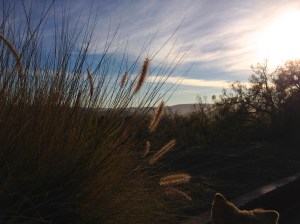This is more or less the text of a 2007 talk I gave at Tridosha, the yoga center where Smiling Dog Yoga is now, where Marsh and Higuera Streets meet, just south of downtown. Roxanne’s Cafe, one of my favorite places for lunch, is in the courtyard where the talk was part of a new moon ritual. I’ve updated it a little.

Long, long ago, before the world was as we know it today, the People knew that the shape of the land around them reflected the Cosmic Order.
In India, Shiva meditates on Mount Kailash, physical manifestation of Mount Meru, the axis mundi that pierces the center of the earth.
Native Americans knew the land held the stories. Aboriginal peoples everywhere recognize the myths and metaphors that surround them in the form of geography: sacred earth, sacred stories.
When people traveled by foot, and lived in one place for generations, they knew the hills and valleys with their bodies and their souls. They knew where the springs were; they knew the seasons of the tides; they knew the power of the rocks, and they knew the patterns of the planets.
As time passed, places grew stories, as trees grow fruit, and the stories were passed from one generation to the next. The stories that connected heaven and earth, the ones that resonated in the soul, the live ones, gave meaning to life in ways that we barely remember today. They provided deep connections to our physical environment that opened the heart to a kind of peace that most of us only long for.
Recently, I’ve become more aware of the intertwined geography and history of this place, San Luis Obispo, of the stories this land tells. I’d like to share a couple of those stories, beginning with one about the piece of land below our feet.

The Mission from across San Luis Obispo Creek
Mission San Luis Obispo de Tolosa sits in the shelter of Cerro San Luis Obispo, the mountain with the big M on it, on a low mound between two year-round creeks, San Luis Creek and Stenner Creek. In wet months, a third creek, Brizzolari, joins Stenner a little way up. San Luis and Stenner Creeks come closer and closer to each other as they wind toward the sea.
They join across the street from Tridosha (now Smiling Dog). San Luis Creek meanders in from northeast of town, down the grade near the 101. It goes through Cuesta Park and between Monterey and Marsh Streets, crosses to Higuera near Black Horse uptown, runs underground for a while and emerges near the Mission to become the heart of the downtown.

San Luis Creek running through the center of the city
Stenner Creek comes down from the northwest, near highway 1, with Brizzolari joining it at the southwest corner of Cal Poly’s campus. San Luis and Stenner form a Y behind that new red building, 444 Higuera Street, across from Tridosha/Smiling Dog, and a little to the north, just south of the end of Dana Street.
In India Triveni Sangam, the confluence of three streams, one of which is invisible, indicates the holiest of places. Feng Shui teaches that rivers and creeks are channels for qi; how auspicious then, that a yoga studio should sit just at the point where the creeks meet. Tridosha, three forms of subtle energy, channelled into one, as reflected by geography! An apt name and place for a yoga center.

The second of my stories is about two men who had a tremendous impact on the lay of the land of this area: Alex Madonna and Harold Miossi.
So interesting archetypally. Consider the places we associate with them.
Remember Alex Madonna? Of the Madonna Inn? “A fantasy-theme hotel of outrageous excess and enduring California charm,” the New York Times calls the inn in Madonna’s obituary.
Another obituary, this one in the English paper, the Telegraph, quotes Umberto Eco:
The Inn was immortalised in Umberto Eco’s collection of essays Travels in Hyperreality (1991), in which the Italian scholar analysed the American love of grotesque fakery.
“The poor words with which natural human speech is provided,” wrote Eco, “cannot suffice to describe the Madonna Inn . . . Let’s say that Albert Speer, while leafing through a book on Gaudi, swallowed an overgenerous dose of LSD and began to build a nuptial catacomb for Liza Minnelli.” But that, he reiterated, could not convey its true ghastliness. In fact, the Inn’s architect was Madonna himself, who, in the mid-1950s, had spotted the perfect location for a motel at San Luis Obispo, on the highway running between San Francisco and Los Angeles.
 Madonna and his wife Phyllis built the inn in 1958. He designed the outside, she the interiors. It took on its present uniquely kitschy look after a 1966 fire. Today their daughter runs it. To much of the world, San Luis Obispo is the Madonna Inn.
Madonna and his wife Phyllis built the inn in 1958. He designed the outside, she the interiors. It took on its present uniquely kitschy look after a 1966 fire. Today their daughter runs it. To much of the world, San Luis Obispo is the Madonna Inn.
Madonna, larger-than-life, magnanimous, was a huge presence in SLO when Tom and I moved here in 1998. He partnered with John Wayne to raise the beef for the steak house. He was friends with Ronald Reagan. There’s a piece of the freeway and a shopping center named after him. And still he took the time to dance with every one of the little girls at my daughter’s friend’s birthday party at the Inn.
And Harold Miossi? Oh, you don’t know where he lived? If you’re local, you know his name, but you aren’t quite sure who he is?
Alex Madonna and Harold Miossi graduated from San Luis High two years apart, Madonna in ‘37, Miossi in ‘39, and they died two years apart, Madonna in April, 2004, and Miossi in November of 2006. Their grandparents came from the same region in Switzerland, near the Italian border, and their families spoke the same Swiss-Italian dialect at home. Both lost their fathers when they were young. But their personalities and their lives were as different as the terrain they inhabited.

Alex and Phyllis Madonna’s portraits are in the inn
Alex Madonna, in addition to gaining world renown for building the one and only Madonna Inn and local renown for several environmental disasters, was the owner of the construction company (started when he was in high school!) that built the freeway from Buellton to Salinas.

Harold Miossi and Pecas
Harold Miossi, as the Tribune’s headline said at the time of his death, is the “Man Who Saved Cuesta’s Hills.” He saved the hills from being chopped down and tossed into the Cuesta Valley so that eight lanes of the freeway could go straight through to Santa Margarita.
Madonna wanted to bulldoze right through and Miossi opposed him. As a result, freeway winds through the hills in broad curves; the grapevine prevails.
Local environmentalists remember Harold Miossi well; he was a stellar conservationist of the old mold. A leader of the local Sierra Club, Miossi fought valiantly against the Diablo Canyon nuclear power plant, he wrote the master plan that is still keeping Montana de Oro and the Santa Lucia wilderness wild, and much, much more.
Miossi was born, lived, and died in a little house down a dirt drive lined with neatly planted native live oaks that follows a tributary of San Luis Creek. It’s in a canyon off a concrete piece of the old highway near Cuesta Park, the extension of Loomis Street called Miossi Road. The piece of the old highway is a tribute to Harold Miossi’s victory over the straight road Alex Madoona wanted to build through Cuesta Grade.

The red arrow points to the Miossis’ driveway
Alex Madonna was warm, generous, and also cantankerous, fiery, and very, very pro-development. The fight against the legacy of his pro-development views is still as dominant in local politics as Cerro San Luis is in our topography.
Harold Miossi was a stubborn man, too, but he was known for his ability to bring people together. The wonderful introduction to the Miossi archives at Cal Poly says his tactics in winning the battle to save the grade could “well serve as a syllabus for coalition-building.” A 1980 article in California Today titled ”How to Beat Mr. Big” reads in part:
When Miossi undertook his fight, it was a lonely one against what seemed great odds. But he had faith in the justice of his stand, and in the democratic process, in his friends and neighbors, and in their good sense and love of the land, If faith can move mountains, it can also sometimes keep them where they are.
So we have Alex Madonna in his cowboy outfit on the mountain: a masculine symbol on a masculine symbol; and we have Harold Miossi, a gentle soul, living in the valley, doing good works for the city, the county, the state, the people, the land and all those who live on it—living in the valley, a feminine symbol.
Madonna lived as large as a mountain. His funeral procession was led by his riderless horse, his empty boots backwards in the stirrups. A team of horses pulled his casket down Higuera Street.
Harold Miossi took care of his mother at home till she died at 97. She was Vera Gnesa Miossi, the same Vera Miossi, who, with other women in her family, donated the land at the top of Bishop’s Peak to the city. The plaque on that property reads,
a
This Peak is given to the People of this community by Lena Negranti, Vera Miossi, Hilda Giacomazzi and Josephine Johnson, in memory of and in tribute to their parents, James and Sofia Giorgi-Gnesa, who in 1870 as youths emigrated from Canton Ticino, Switzerland, settled in this County, raised a family, prospered, and contributed to the betterment of this Community.
b
And the legacy of each man to the community?
c
Harold Miossi made provisions for his 1700 acre ranch—all that open land northeast of the city along the freeway before the grade—to be preserved in its current state in perpetuity. He established the
Miossi Trust, which funds efforts to improve the quality of life in our area.
k
Southwest of town, Alex Madonna left us the Home Depot and acres and acres of other big box stores.
What can I say?
As the Upanishads say, man is the mean between the macrocosm and the microcosm. These men lived out the stories of the land, and the land is living out their stories.
e
We both create and are created by our environment. The physical world reflects the patterns of the world of ideas, and the world of ideas reflects the physical world. Plato knew it; Pythagoras knew it. Native people worldwide know it.
f
There is meaning in the landscape. We are not alone in a meaningless universe! We are all connected in ways that we cannot imagine!
g
What a profound, profound relief.
This is how Black Elk puts it:
The first peace, which is the most important, is that which comes within the souls of people when they realize their relationship, their oneness with the universe and all its powers.

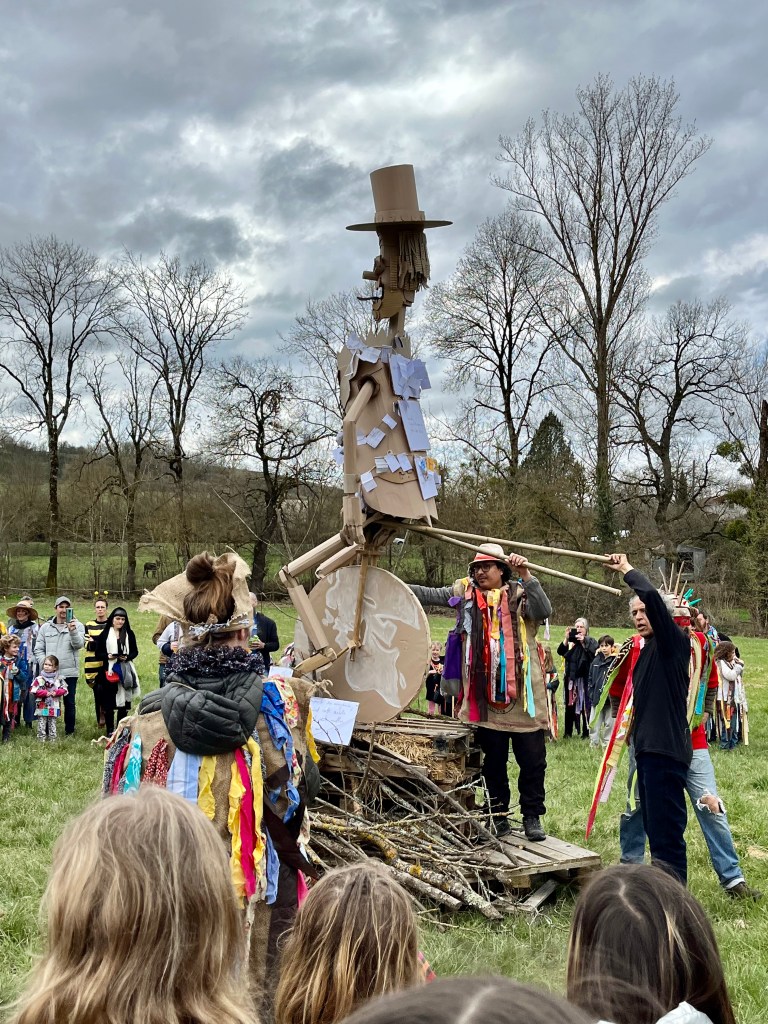
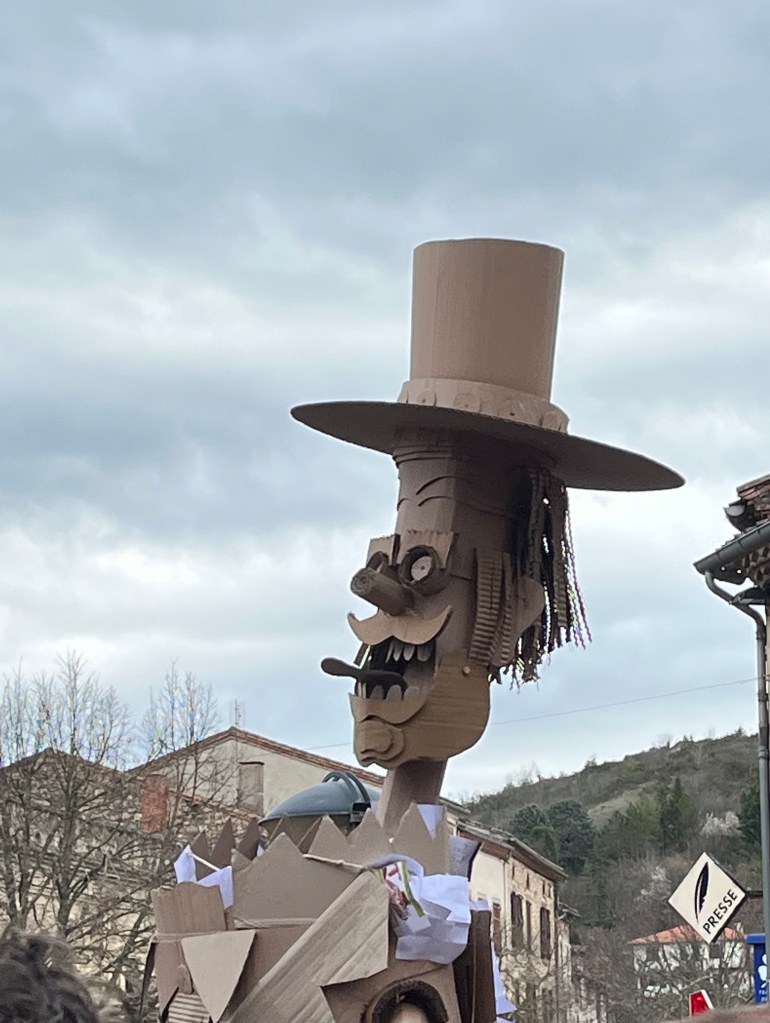




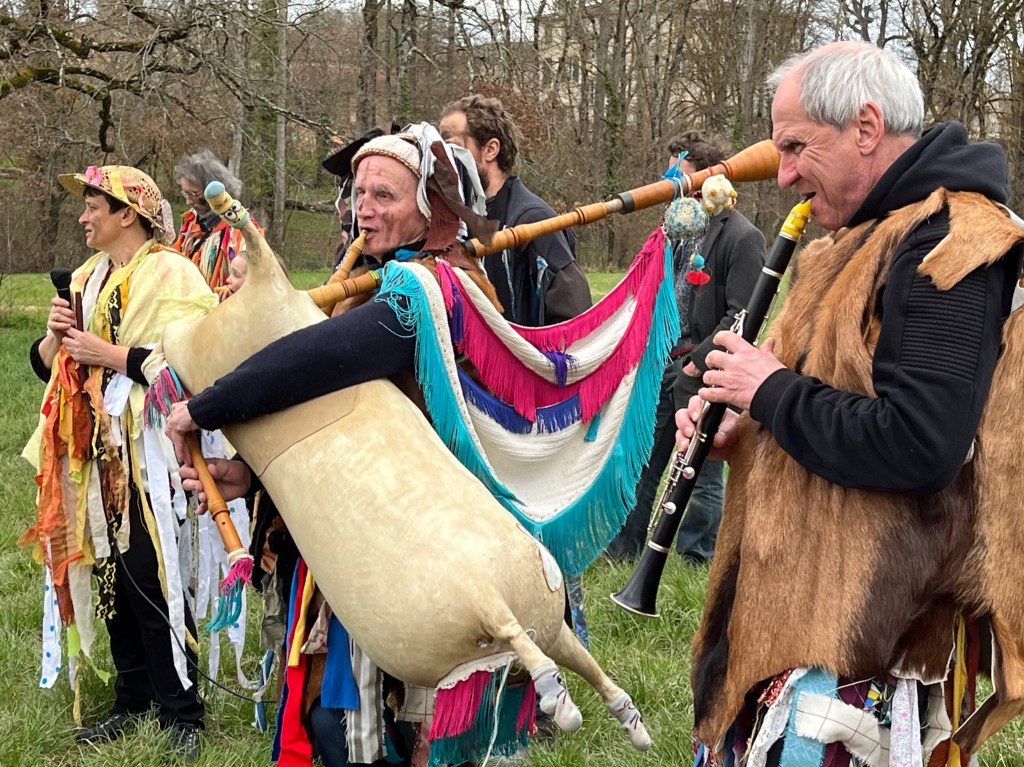


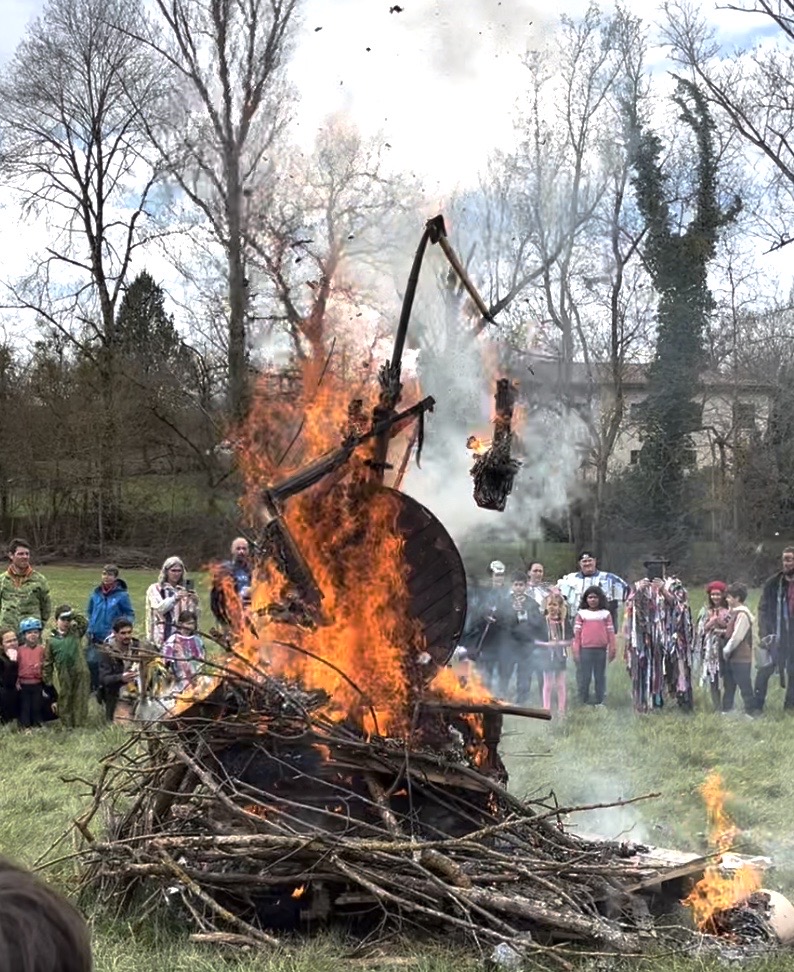


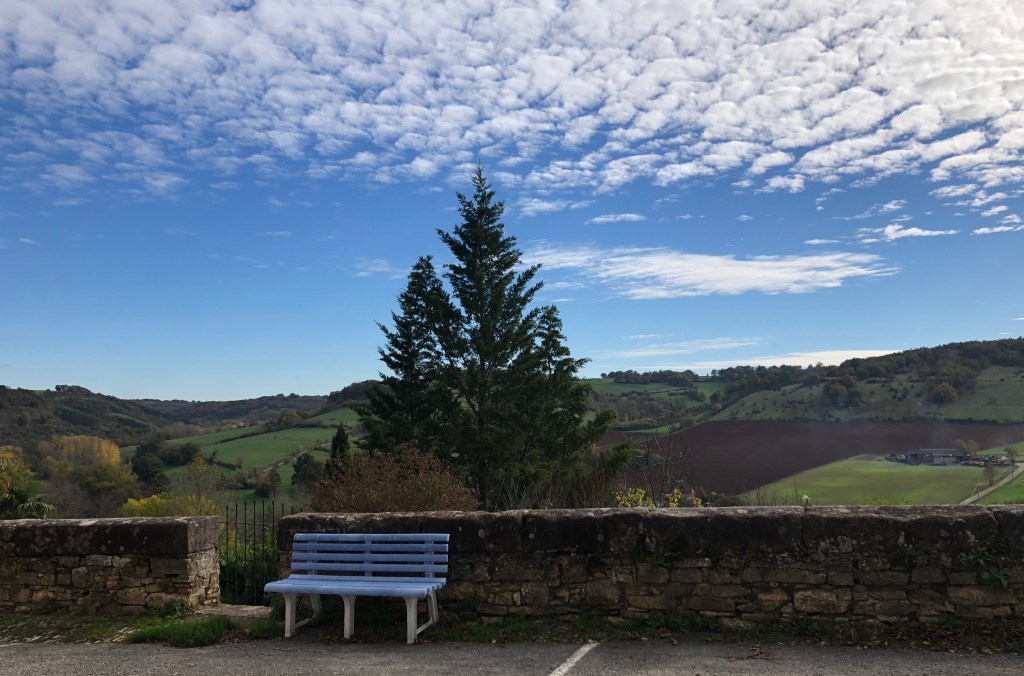







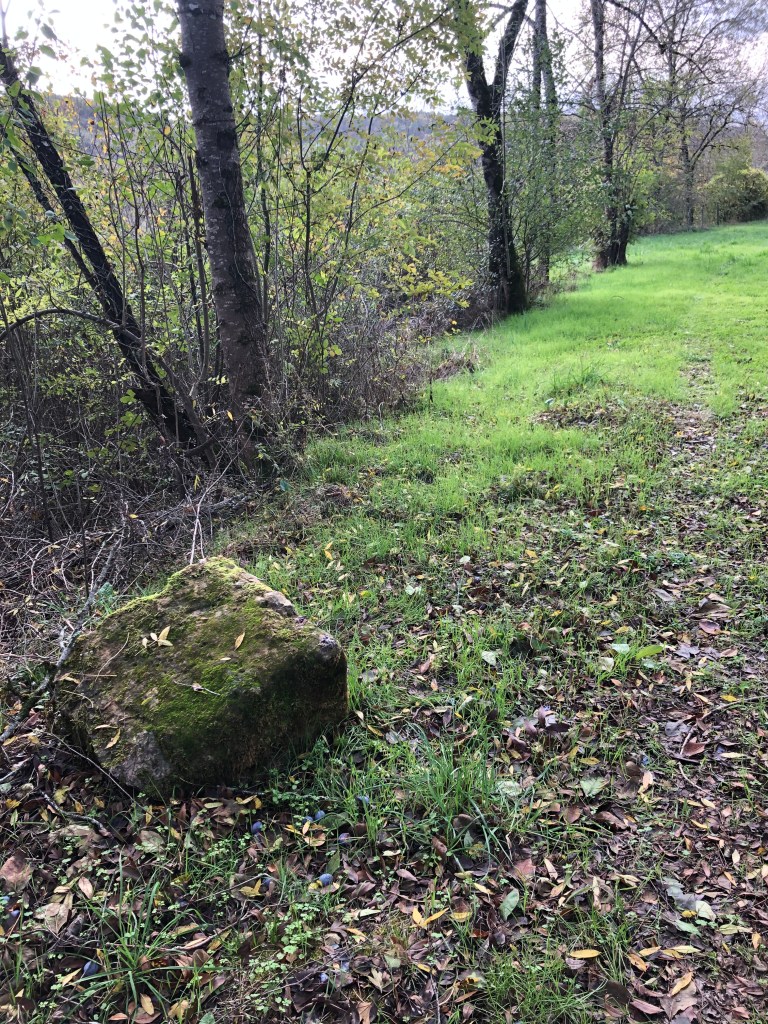

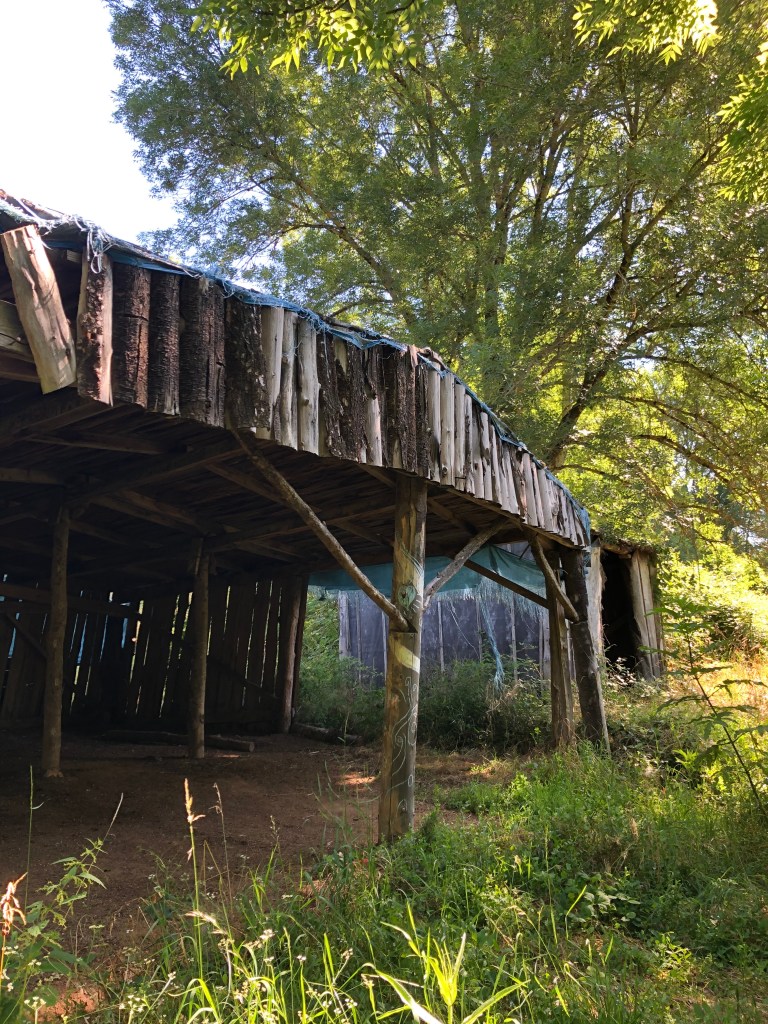
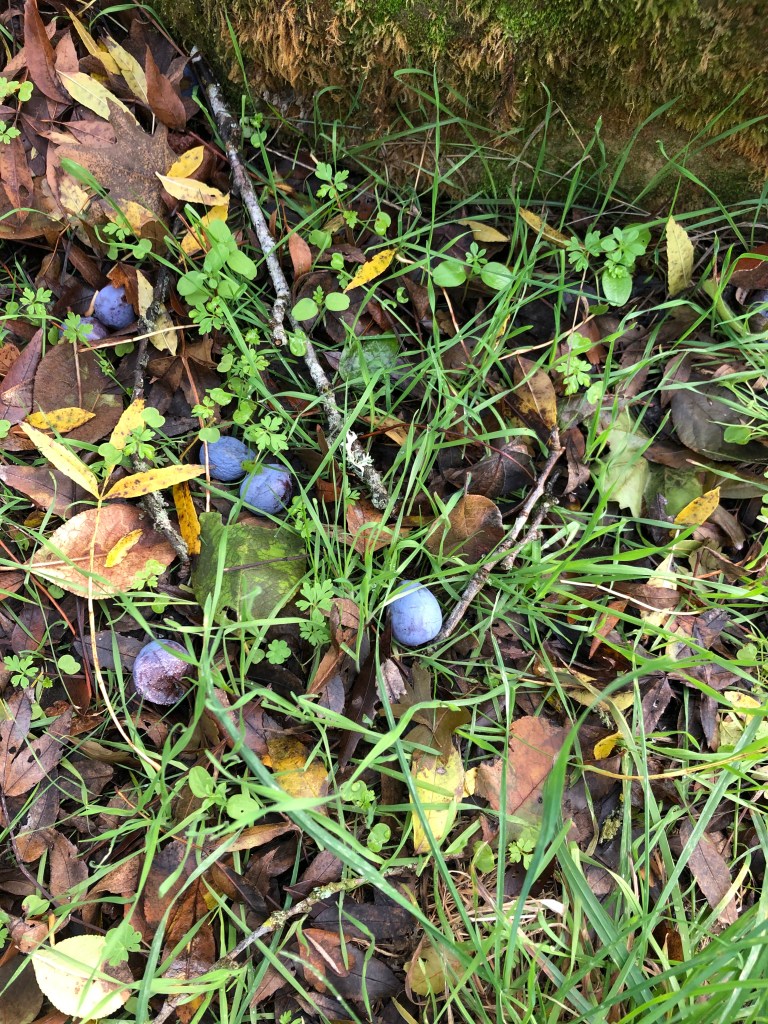




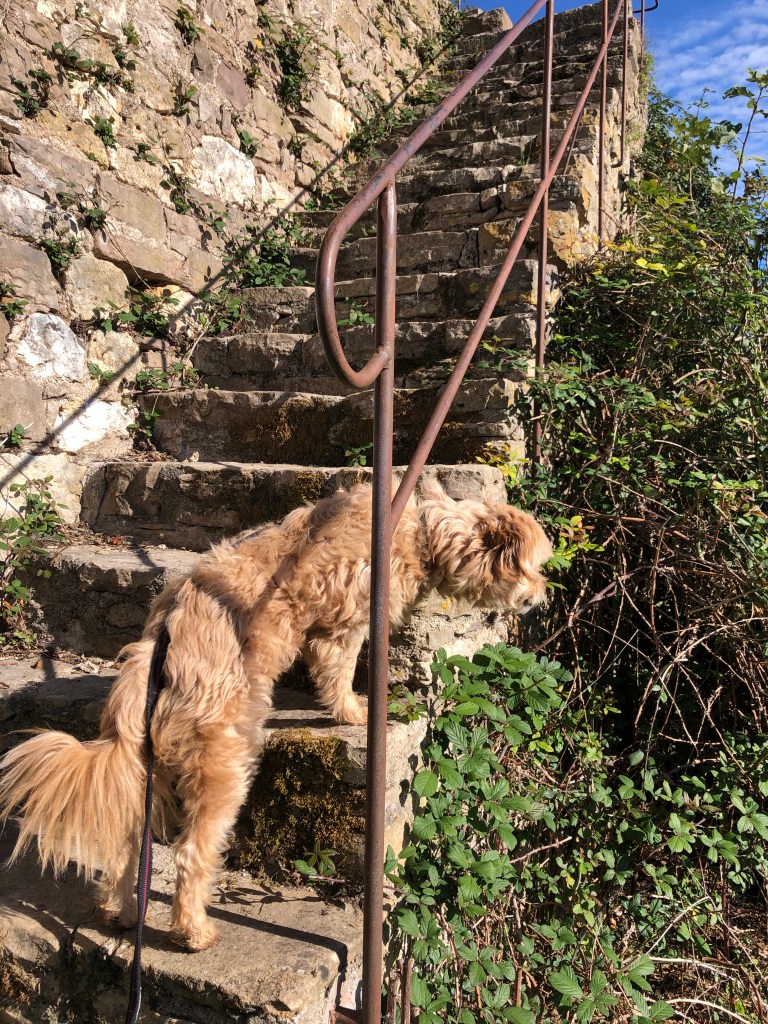

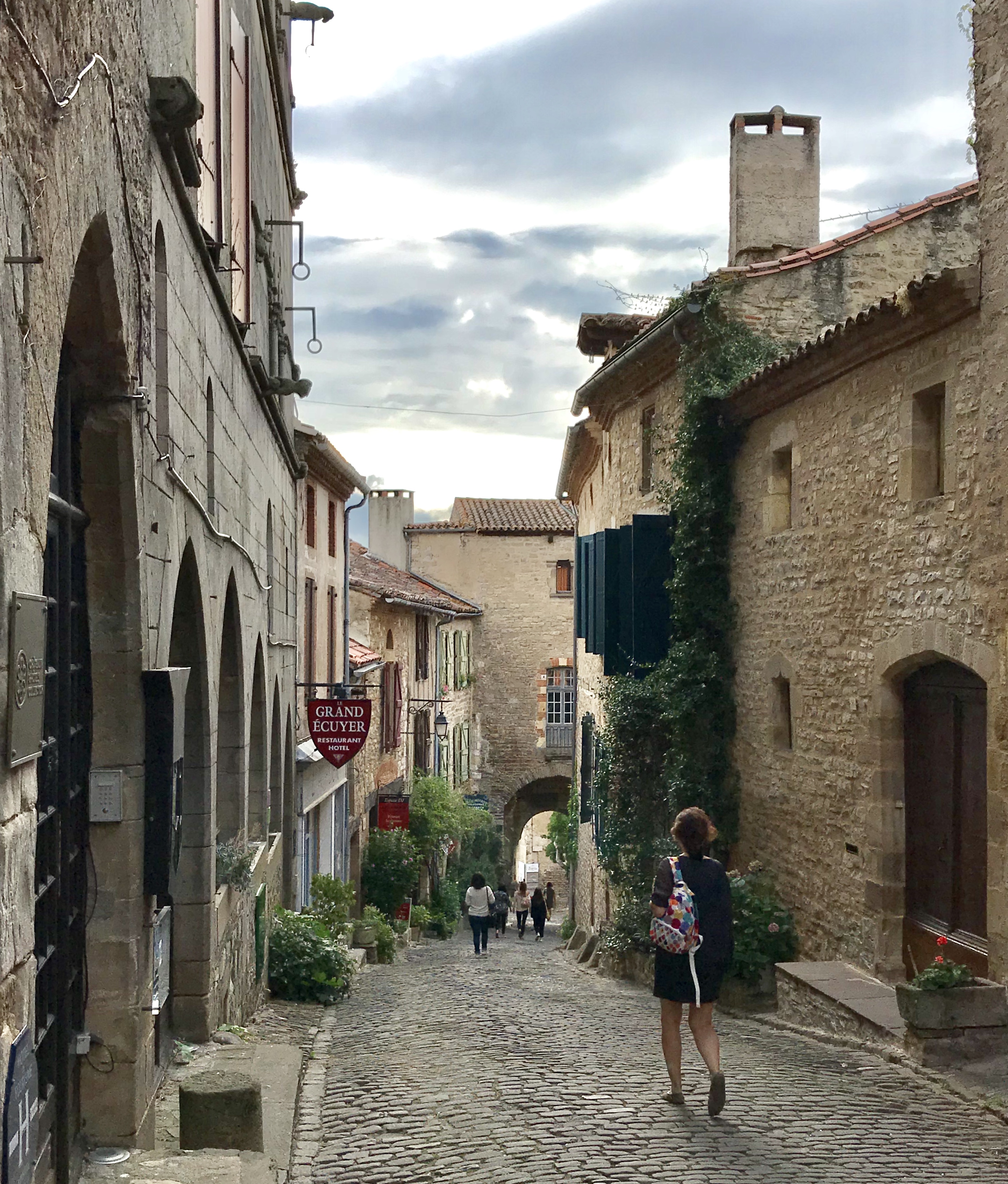


























 Right now, the moment you step outdoors you take a deep breath. The enchanting scent of mock orange is everywhere, a delicate, complex citrus so delicious it stops you in your tracks. Breathe! it says. Breathe again! The scent’s source is
Right now, the moment you step outdoors you take a deep breath. The enchanting scent of mock orange is everywhere, a delicate, complex citrus so delicious it stops you in your tracks. Breathe! it says. Breathe again! The scent’s source is 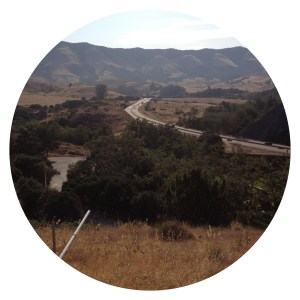
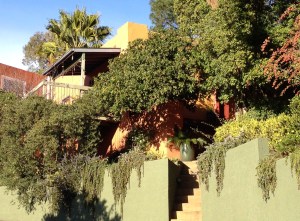

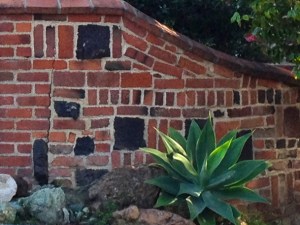 The man who built this fairytale of a house built whimsical walls of misshapen bricks all over town in the 1920’s. I think there are about six.
The man who built this fairytale of a house built whimsical walls of misshapen bricks all over town in the 1920’s. I think there are about six.
